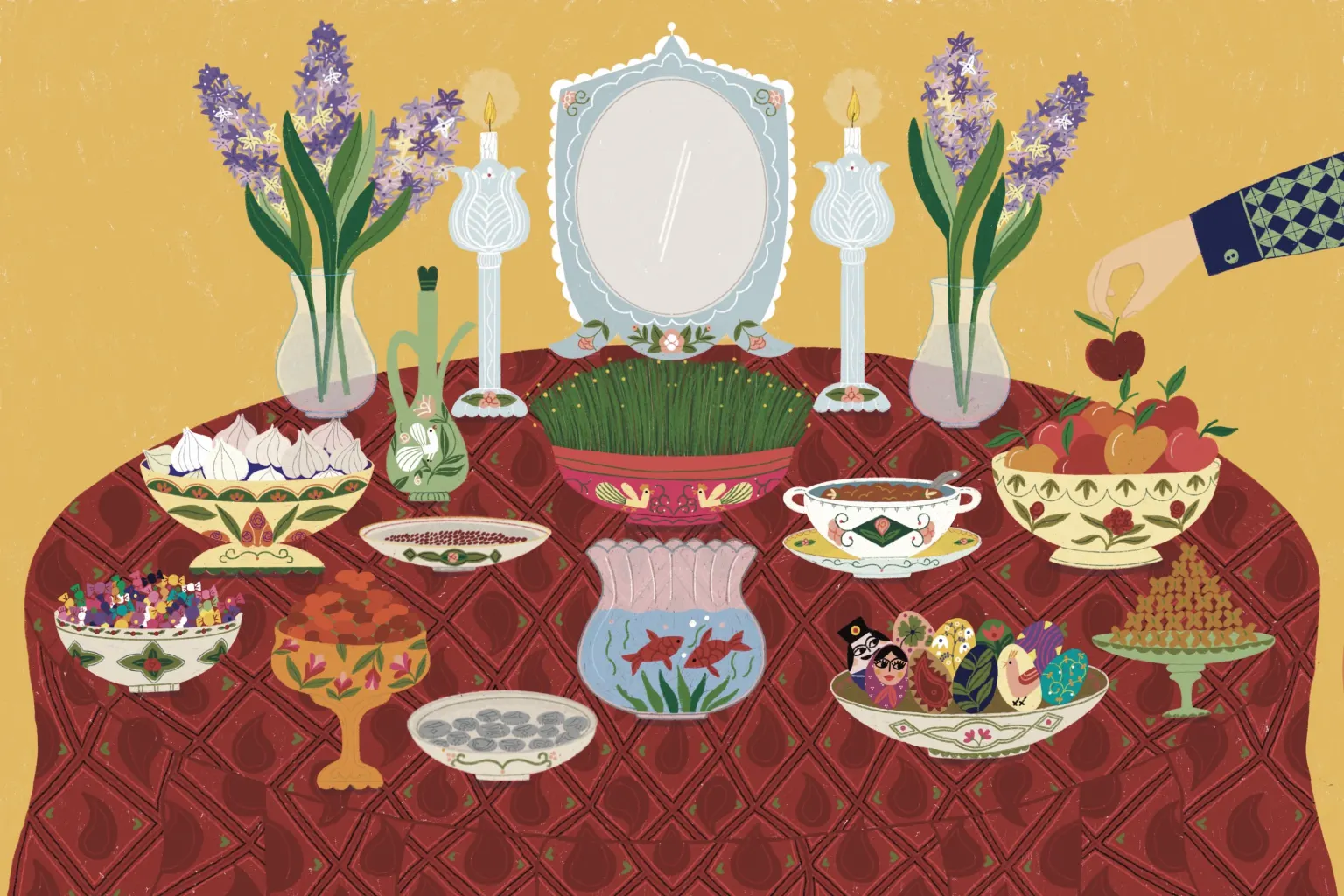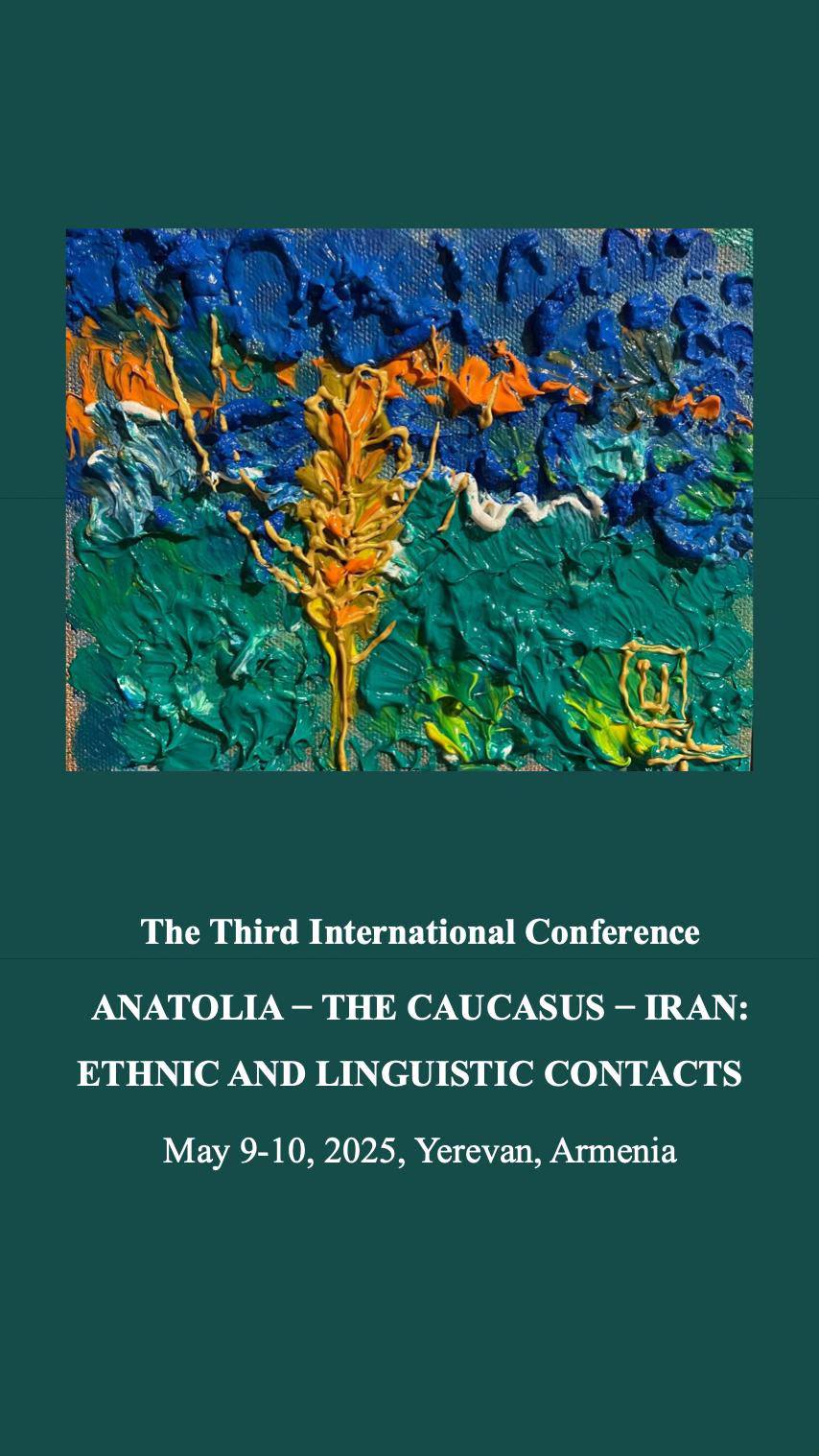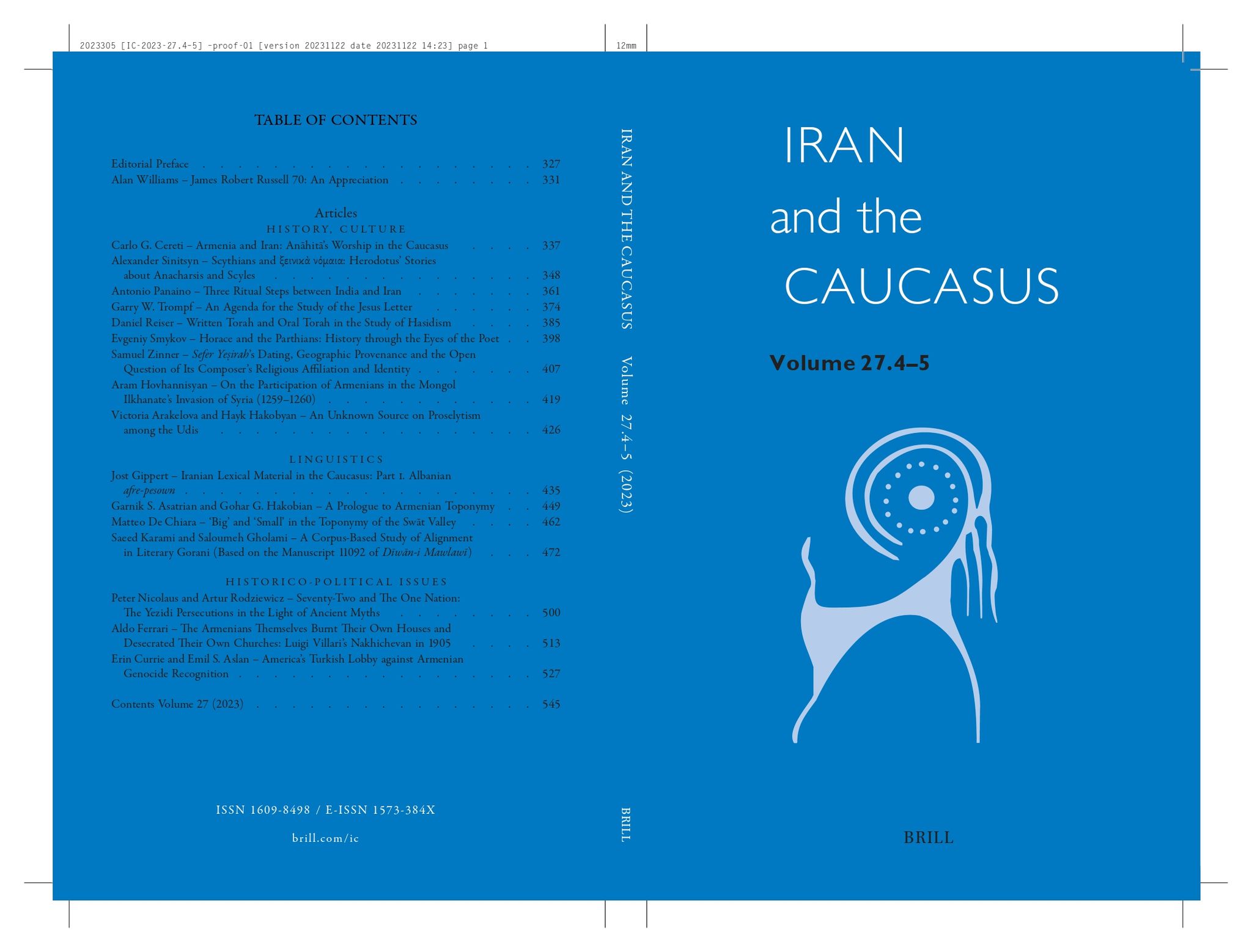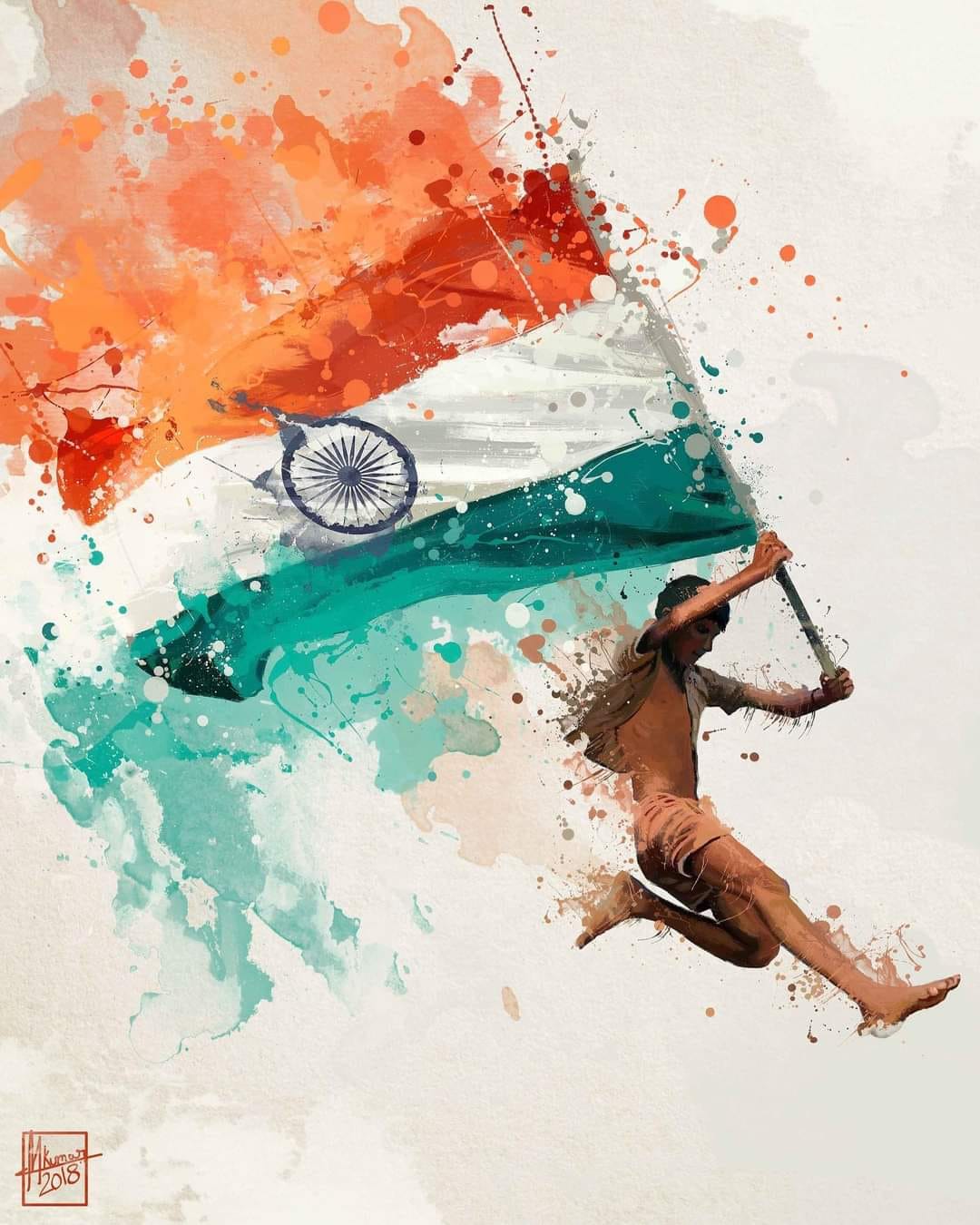
- 27 Mar
- 2023
Nowruz and the Theories of International Relations
Mandana Tishehyar Department of Regional Studies in ECO College, Allameh Tabataba’i University & Head of the board, Iranian Peace Studies Scientific Association.
In the name of GodNowruz and the Theories of International Relations
Mandana Tishehyar
Department of Regional Studies in ECO College, Allameh Tabataba’i University & Head of the board, Iranian Peace Studies Scientific Association.
"In international relations, there are no permanent friends and permanent enemies; there are only permanent interests!" Professors and students of international relations are familiar with this quote. This is a statement by Hans J. Morgenthau, American Professor of International Relations, in his 1948 volume entitled Politics Among Nations. In the beginning years of the bipolar world and only a few years after the end of the WWII, which left behind innumerable ruins in the world, Morgenthau's speech was so appealing and became the basis for the establishment of the Realist school of thought in international relations.
However, the world witnessed several ups and downs, the relations between nations developed in various aspects, and new patterns of friendship and enmity emerged. The Realist approach, which was considered as one of the most influential scientific theories during the Cold War, could no longer explain the new events and trends in the relations between governments and nations. Accordingly, the bases for the formation of international relations were redefined. The establishment of EU and other regional institutions was indicative of the role of new elements in the relations between nations. Even the term "interest" assumed a new sense, and identity and cultural connections, as defined by Alexander Wendt in his Theory of Constructivism in the late 1990s, were considered as the bases for the formation of interests.
Therefore, rather than leading to the formation of a unipolar world and the globalisation of economy, politics, culture, and society, the Cold War era’s end resulted in connections between political units with similar identities in different regions. To secure their national interests, governments tried to establish transnational units so they could play a more stable, powerful role in the international arena. The relations between countries at the regional level formed new patterns of international partnerships. In the meantime, the identity links, which tended to define shared interests, were in turn formed by cultural ties. In fact, identity was considered as a construct of individuals’ and societies’ cultural features.
In this way, the world today is a "regionalised" world where the links between societies with similar cultures are considered the basis for partnerships between nations and governments. New technologies have also provided an appropriate ground for the development of such a new model. This is why we can see how a key element like "border" has started to be undervalued in the relations between nations. Even the traditional sense of "sovereignty" has been redefined in this Brave New World, and the concept of “region” has undergone considerable changes. Region is no longer considered as something to be delineated on geographical maps. In the world today, a region consists of a group of communities which have come together according to shared cultural and identity elements and within the framework of economic, political, scientific, and other relations, and which cooperate to bring about shared interests. Therefore, evidently, the region can also be a new construct resulting from a redefinition of the shared cultural elements, which connect societies.
During recent years, Iran, Afghanistan, Tajikistan, Azerbaijan, India, Iraq, Kazakhstan, Kyrgyzstan, Pakistan, Turkey, Turkmenistan, and Uzbekistan have tried to register Nowruz as a human intangible cultural heritage in UNESCO, and since 2010, according to the United Nations General Assembly’s resolution no. A/RES/64/253, 21 March has been named as the "International Nowruz Day". Meanwhile, the list of countries where Nowruz is celebrated is longer than the ones enlisted and encompasses territories from Albania in Eastern Europe to China and Mongolia in East Asia.
It can be clearly seen that the countries in the Nowruz Cultural Region enjoy a considerable diversity. From a geographical viewpoint, the countries include the regions of Western Asia, Caucasus, Eastern Europe, Central Asia, and South Asia. From a religious viewpoint, followers of various religions, from Christianity, Zoroastrianism, Hinduism, and Judaism to various Muslim religions are all celebrating Nowruz. From an ethnic point of view also, the Nowruz Cultural Region includes a multitude of ancient tribes who have lived in this civilizational sphere for a long time and shaped the Culture of Nowruz together. Linguistic diversity is another major aspect in the Nowruz Cultural Region. On the one hand, the inhabitants of this civilizational region have created deep linguistic links between communities, which have led to a more empathetic understanding of the shared cultural and identity concepts, values, and norms. On the other hand, by preserving and continued use of the different dialects and languages of the region, they have formed a beautiful cultural rainbow.
In this way, thanks for its reliance on tolerance and forbearance, and through spreading values such as friendship, kindness, reconciliation, and mutual assistance, the Culture of Nowruz has succeeded in connecting several civil societies in the world today. The universality of Nowruz's cultural values has also enabled it to play an identity-making role at transnational level, contribute to the formation of a cultural region, and draw on ancient traditions and rituals to strengthen the humanitarian attitudes in the contemporary world.
As a shared heritage for the nations of the Nowruz civilizational sphere, the Culture of Nowruz needs to be formulated within the framework of modern theories of International Relations, especially the theories of Regionalism. Moreover, according to the existing common strategies, it needs to form a new broad community, which secures the economic, political, and security interests of governments and nations. Shaping a "Discourse of the Nowruz Cultural Region" is a task which, rather than alliances between political leaders, requires an intellectual and practical cooperation between thinkers and academics in the countries of the region to provide new definitions for national interests, national security, governance, border, friendship, and enmity within their shared cultural values’ framework.






